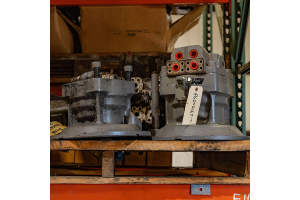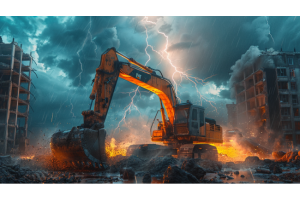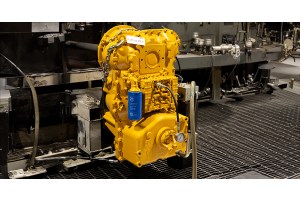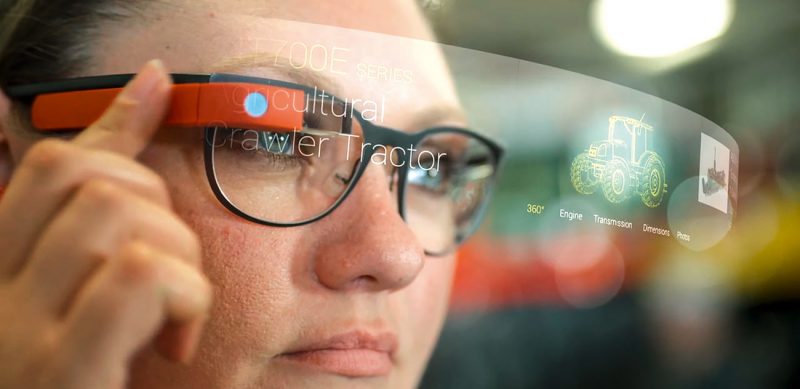
More and more construction companies, big and small, are turning to new technology to increase productivity. From drones to virtual reality, technology is being implemented to help get the job done.
While dozers, excavators, and backhoes move dirt on the ground, drones are becoming a common site hovering above in the air. The bird's eye view a drone provides is great to survey a job site for possible hazards, to help a work team plan a work strategy, and to provide a work team the ability to better know where everyone is at any given time.
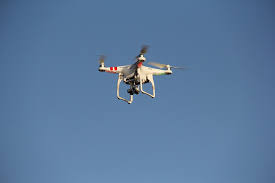
About half of the contractors surveyed in the fourth-quarter Commercial Construction Index survey said they have at least tried a drone with about 30% indicating they have flown a drone over their job sites.
Other technologies construction companies are implementing include robotics, 3D printing, and wearables.

Robots are no longer only found in science fiction books and movies, they are now invading construction job sites. For now, they are friendly and cooperate with their flesh and blood co-workers.
3D-printing robots are simply amazing. A mobile robotic arm controls a 3D-printer, and with a set of programmed instructions, the robot can 3D print an entire structure.
Robots and 3D printing is becoming a very popular tool in the construction industry. Robots are being used on demolition sites more, increasing safety. Besides safety, another advantage is of course productivity as robots rarely call out sick.
Wearables are a neat advancement for the construction industry with great reviews from employees who use them.
Included in wearable technology are smart glasses, smart clothing, and sensors.
Smart glasses are perhaps the most popular advancement.
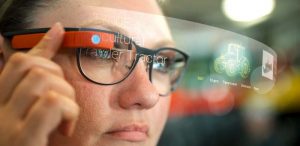
Smart glasses are basically computers you wear on your face. Users have the ability to see data or images while they work.
HoloLens is perhaps the top running smart glasses product on the market while XOEye offers a construction-specific version, with smart glasses geared toward training workers. There is also something called the smart helmet which is both a safety helmet and smart glasses combined.
And then there is smart clothing. Once designed to keep construction workers warm, dry, and protected, construction clothing now can provide heat, cooling, energy, lighting and important data.
The more comfortable the employee, the more productive they should be. For that reason DeWalt sells reflective heated jackets with battery packs that can last a full workday, keeping workers warm when it's cold outside or cool when it's hot using cooling liquid or built-in fans.
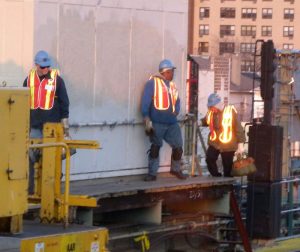
Now you really can walk a thousand miles in someone else's shoes, or in this case, work books. SolePower’s Smart boots, provide data contractors can use to ensure worker compliance and safety by providing data of where they are walking and what they are doing on their feet.
The use of sensor technology continues to increase as sensors become smaller. Construction companies can now put them about anywhere to gather valuable information including worker location and movement using GPS. Spot-R, for example, is a belt sensor.
The use of technology on job sites will continue to grow. General contractors are using these tools more more than trade contractors by a three-to-one margin. Regardless of the type of construction company, the incentive to use new technology is simple with increased productivity the number one reason.





